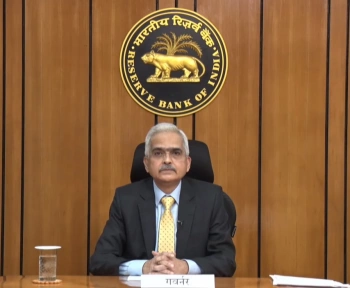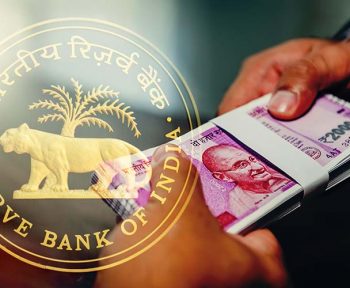Reserve Bank of India (RBI) increased risk weights on consumer loans from banks, non-banking finance companies (NBFCs), and credit card providers, making it more expensive for lenders across the spectrum to offer loans in these segments. Under existing rules, banks must set aside ₹8 for every ₹100 lent for personal loans. Now, they will need to keep aside 25% higher, or ₹10, on every ₹100 lent. The new rules are not applicable to housing loans, education loans, vehicle loans, or loans secured by gold and gold jewelry.
The outcome is anticipated to lead to increased capital requirements for lenders, resulting in elevated rates for borrowers. These elevated lending rates from banks to non-banks could potentially have a cascading effect on corporate bonds, leading to higher yields and a broadening of credit spreads for non-banks. Bank lending to NBFCs will also become more expensive as the risk weights on these loans have also been raised beyond a specified threshold.
This action follows RBI Governor Shaktikanta Das’s concerns about the high growth in certain types of consumer loans, prompting the need for banks and NBFCs to strengthen surveillance mechanisms and implement safeguards. The increased risk weight also applies to credit card receivables, impacting lending rates and potentially affecting borrowers with higher capital requirements and increased interest rates. By increasing risk weights on bank loans to NBFCs, the RBI is also pushing banks to lend on the basis of their own credit assessment rather than lend to NBFCs.
For further reference read here





